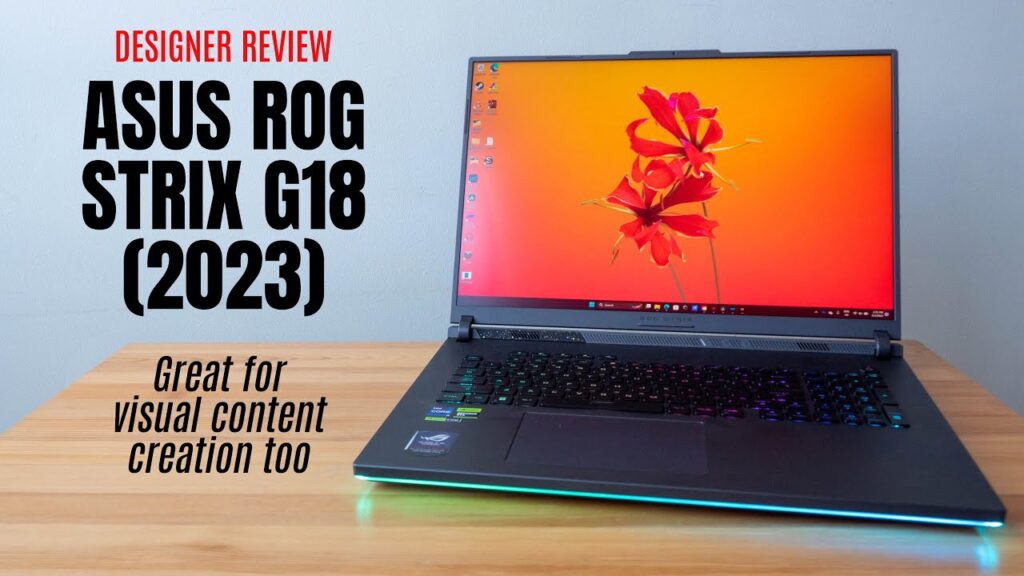
Google’s New AI Video Generator: Introducing Lumiere, Google’s State-of-the-Art Video Generation AI: Embark on a journey into the realm of creativity as Google unveils Lumiere, its latest and most advanced video-generating artificial intelligence. This ingenious tool redefines the video editing experience, allowing users to effortlessly craft 5-second clips by simply typing text prompts. Imagine a panda strumming a ukulele on the beach at sunset – Lumiere brings these imaginative scenes to life with remarkable realism.
However, as Lumiere showcases the boundless possibilities of AI-driven creativity, it also raises concerns about the potential risks. The ultra-realistic outputs of this technology could pave the way for more convincing deepfakes, posing a challenge to internet security.
Delve into the intricate balance between the wondrous growth of creativity facilitated by Lumiere and the critical need for responsible deployment. While Google asserts its responsibility, questions linger about the safety decisions made in the wake of this groundbreaking launch. Explore the promising future of AI-driven creativity, tempered by the need for cautious and ethical utilization.
Google’s AI Video Generation Reaches New Heights
Recent advancements in generative AI, covering images, text, and audio, have now extended to the logical frontier of video. The goal is to simplify video creation and editing, unlocking trillion-dollar potential across industries, from Hollywood CGI to everyday smartphone apps. While promising, this convenience also poses significant risks if not implemented with care. A closer look at Google’s Lumiere demo reveals both the exciting possibilities and the controversial aspects of this transformative technology.





